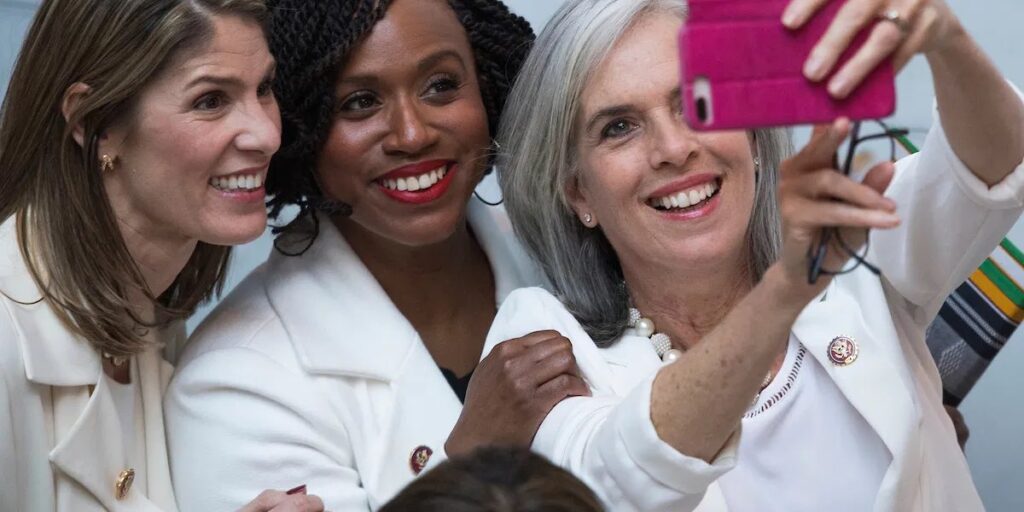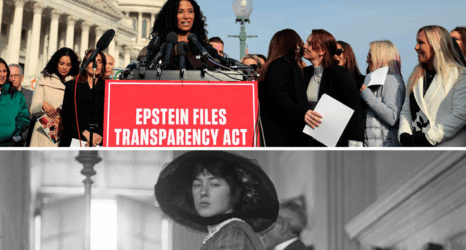
Shoppers scrambling for last minute gift purchases might notice a disturbing pattern: Items targeting female consumers are often more expensive than similar products and services marketed towards men—a phenomenon often referred to as the “pink tax.”
Women pay more for everything from dress shirts to haircuts to dry-cleaning. A study by New York City found that women pay 8 percent more for clothing and 13 percent more for personal care products. Even toys marketed to girls cost 7 percent more than toys marketed to boys.
It’s long been assumed that these price discrepancies reflect differences in men’s and women’s products—women’s clothing may be more intricate, women may have more (or more difficult) hair to style, and that razor is raspberry scented. Or, we’ve assumed that women are simply willing to pay more for goods marketed towards them.
Less acknowledged, however, is the role that gender-biased government policies play in perpetuating the pink tax.
Biased Policies Contribute to the Pink Tax
Our research shows that governments can contribute to the pink tax with their trade policy choices. We focus our attention on tariffs—the taxes that importers pay on products they purchase from other countries.
Since 1988, nearly every country in the world has used the World Customs Organization’s Harmonized Commodity Description and Coding System to classify traded products. This coding system distinguishes between women’s and men’s apparel. For example, the same cotton shirt receives different product codes, and potentially tariffs, depending on whether it is made for women or for men. And, the U.S., like many other countries, uses this system to levy different tariff rates on men’s and women’s apparel items, including shirts, blazers,and shorts.
Looking across all countries, we find that apparel products marketed toward women are, on average, taxed 0.7 percent more than identical items marketed to men. This may not sound like much—but these higher costs on women’s apparel items are passed on to wholesalers, then retailers, and finally imposed upon consumers. This tax discrimination penalizes female consumers in democracies at least $8 billion annually—on clothing alone. The worst offenders include India, Indonesia, Australia and Japan.
What explains discriminatory trade policies, and what can we do about it?
Why do governments adopt discriminatory trade policies? Some cases are driven by historical legacies. Others are explained by differences in tariff rates across import partners. In many cases, however, they appear for no justifiable reason at all.

The solution, in contrast, is simple. Short of removing tariffs on apparel items altogether, governments should ensure that identical goods are taxed at identical rates, regardless of who ultimately buys these products. There should be no difference in the tariff rates on men’s and women’s blazers
Importantly, electing more women into public office can help make this happen. Though there are a number of factors contributing to these discriminatory policies, our research shows that it often comes down to representation: Countries with more women serving in legislatures have less discriminatory tariff schedules.
In democracies, an equal division of power between women and men would reduce the annual penalty on female consumers by an average of $324 million per country and $15 billion across countries.
Trade Policy Matters
Trade policy is often complicated and seems far removed from our daily lives. But, we can’t forget that trade policy reflects, and perpetuates, political and economic inequalities within societies.
When it comes to tariff policies, the U.S. can make sure that things are fair at home. But, more than that, as one of the most important players in the global trading system, the U.S. can also advocate for more equal trade policy choices on a global level.
President-Elect Biden has just nominated Katherine Tai to the office of the U.S. Trade Representative. Tai, only the third woman to hold this post, should make leveling the pink tax a priority when negotiating with other countries. We have the power to lead by example by committing to gender equal trade policy.
More generally, addressing political inequities, such as the under-representation of women in politics, mitigates at least some of the unequal outcomes created in the policy-making process. More equal representation leads to more equal taxation.
You may also like:
Our opponents are using the lame duck period—the time between now and when the new president is inaugurated, and a new Congress convenes—to do as much damage as they can. Help ensure Ms. remains strong and independent during this period of challenge and change. If you found this article helpful, please consider supporting our independent reporting and truth-telling for as little as $5 per month.





